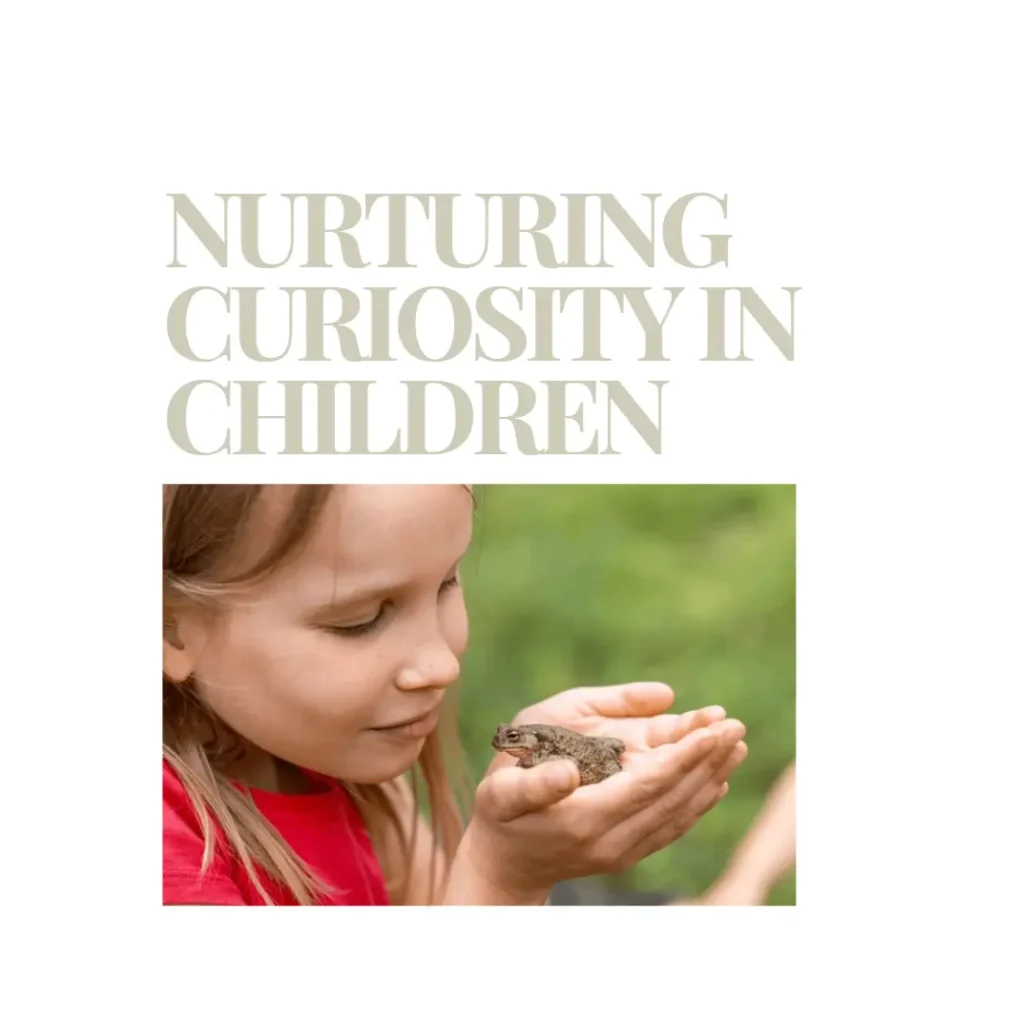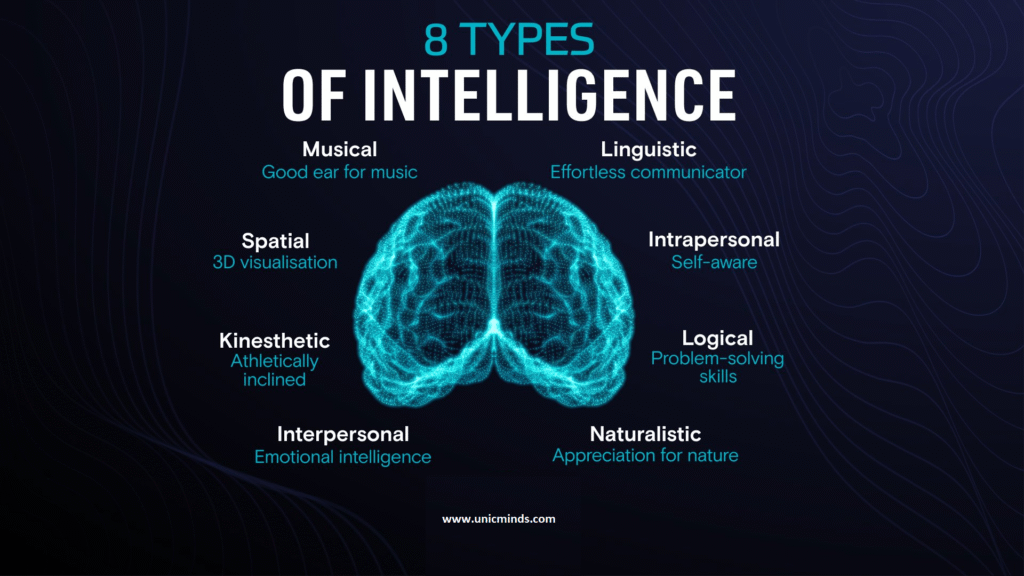In this post, we shall discuss the various fundamental ways in which one can nurture childrens’ curiosity and creative thinking. There is no need to reinvent the wheel, we need to look at it simply – often most things in life are simple. It is the simple things that we miss.
Ways to nurture and inspire creative thinking in children
Provide a non-judgmental environment
Creativity is a journey of its own in every individual. At the start, creativity needs plenty of freedom and a non-judgmental environment. While direct judgment is something that most of us will be conscious of, there are so many cues and softer ways that even adults judge the other in terms of expressions or tone or other softer cues. At the core, in order to promote a healthy creative learning environment, the most important is to provide the student with a lot of freedom and a non-judgmental environment.
Expose to different materials and perspectives and iterate
Once we have a non-judgmental environment as a blank canvas to work with, creativity then starts breeding and improving with exposure to different types of materials and cross-learning opportunities. The point is to make them openly wonder about how to approach a problem and then provide basic feedback from multiple perspectives and iterate through the process of critical thinking and creative thinking about an effective approach to the problem.
Treat a child’s curiosity and interest with respect
Often adults want the children to be aligned with their perspective of thinking. So, when a child comes to you with a question or with a curious interest in something, we directly suppress it and give them the inferential answer to it. Rather, as a teacher or a parent, we should direct their curiosity into self-exploration and self-discovery for there is nothing that satisfies a soul more than discovering something on their own. Treat the child’s curiosity with respect and involve them into the problem-solving process in a creative manner.
Teach them how to recognize the gaps in their approach
Teach them how to recognize the assumptions that they’re making in their approach. When efforts are made to understand something, those efforts will spark curiosity and will be fun for children.
Don’t be afraid to ask them the tough questions
Toss a coin and ask them if you toss the coin a lot of times, how many times do you think heads and tails will eventually be like (for example 10,000 times). This question might be difficult for a child to grasp initially but nevertheless ask them the tough questions to spark curiosity in them for various subjects and to help them think critically about problems. Similarly, something like, don’t accept that the earth is round – if you were to check if the earth is round by yourself, what would you do?
Model the love of learning
Children look at parents, teachers, and guardians as their role models. They want to become like these role models. So, as a teacher or as a parent or guardian, it is important to model the love of learning with and in front of kids. Talk about different problems, different approaches, different cultures, different settings, and work along with them in their though process and help them to critically think along.
Involve them in multiple activities
Involve children in a range of activities from household chores to taking them to planetarium and camping. Make your child get exposed to different aspects of life around us. Take them to the zoo, farm, a hike or trek, different places, different cultures, different games, and help them appreciate it even if they are not specifically into it. In their way, discuss various problems about things around you on why the ball swirls in a certain way – what is the physics of it or why do we walk in a certain way on a hill! Spend an evening cooking with them and other stuff. If you’re teaching online, you can still check with the student about various curious activities and interests and discuss and develop them together.
Creativity is all about developing and training your intuition to solve problems. It is all about training the unconscious or the System 1 of Daniel Kahnemann. Play with difficult puzzles and difficult board games; it might look like you’re putting a lot of effort initially, but those thinking processes are brewing and they will become System 1 thinking slowly.
Hope this is useful, thank you.
You may like to read: Respect Multiple Intelligences, Why Teach Number Theory to Kids?, and Why is the Area of a Circle pi*r^2?




